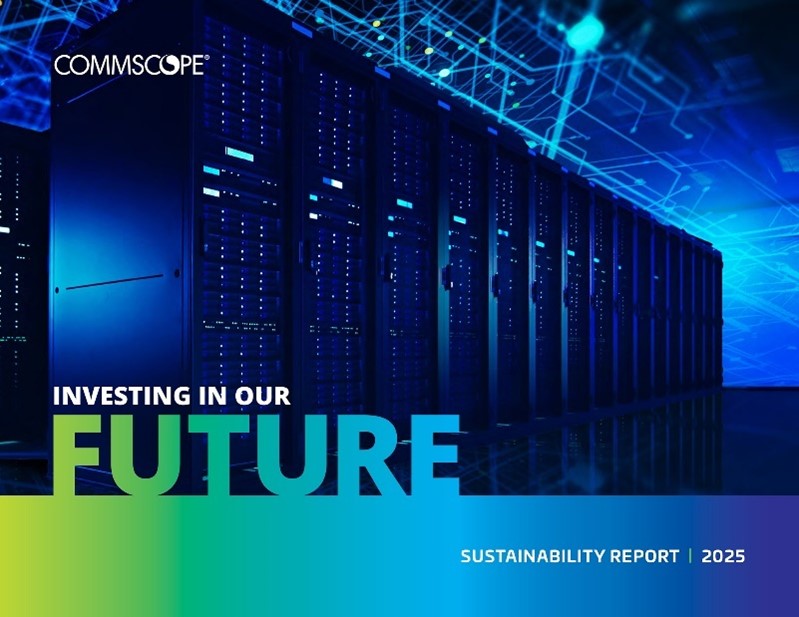 Hyperconverged infrastructure (HCI) became main stream with Cisco recently introducing a new suite of products for this segment. It is particularly interesting in view of the fact that the traditional scale-up solution vendors have been dismissing this technology and pushing against this architecture with “converged” mash up of traditional compute, storage and switching products conveniently prepackaged and loaded with software.
Hyperconverged infrastructure (HCI) became main stream with Cisco recently introducing a new suite of products for this segment. It is particularly interesting in view of the fact that the traditional scale-up solution vendors have been dismissing this technology and pushing against this architecture with “converged” mash up of traditional compute, storage and switching products conveniently prepackaged and loaded with software.
Certainly the converged solutions solve some pain points when deploying the“traditional IT” solutions but proponents of hyperconvergence would argue that it is time to take another approach. It’s time to consider parallel architectures similar to those used by the large hyperscale businesses. HCI combines compute and storage tiers into smaller bite sized pieces that are stitched together with software to form an overall pool of resources. Need more capacity? Just add more nodes and they automatically become part of the overall resource pool.
Over the past few years this scale-out HCI architecture has been pioneered by a group of start-up companies such as Nutanix and Simplivity. They have suggested that this architecture sprang from concepts developed for hyperscale networks and carries over a distributed element theme where hardware resources are more generic and software becomes the dominant technology.
It claims to provide the advantages of fault-tolerance, agility and scale built again on the hyperscale design models. The software is quite different however in that it supports a variety of virtual machines popular with enterprise customers, VMware, Hyper-V, KVM. Some hyperscale vendors also offer their own virtual machine platforms that can be attractive alternatives given the heavy licensing costs involved with some of the larger VM players. From the administrative perspective, each new hardware resource is automatically added to the resource pool. The automated administration tool set is also a concept that they say mimics the ease and efficiency of hyperscale designs
Some early adopters have shared some success stories with me. Others have been reluctant to adopt a new and perhaps more risky approach but could see some value to their virtual desktop infrastructure programs for example and would be launching trials to prove in the business case. Now it seems that the question of a fringe technology will no longer be an issue as HCI is now a serious contender for cloud agile network services endorsed by a leader in the networking market.
Implementing HCI has been primarily a discussion regarding Ethernet architectures/topologies and performance. The distributed processing and storage hardware obviates the need for dedicated SAN infrastructure. The capacity of HCI increases as more and more of these distributed elements are added to the network. They are all abstracted into one large pool of compute and storage resources that service workloads as required. The software control layer takes care of resource allocation and duplicates files and processes to mitigate risk of hardware failure. The resource pool can be distributed across multiple racks, multiple rows, halls or even over multiple data centers similar to the approach taken by hyperscale systems.
Ethernet fabric networks seem to be ideally suited to enable HCI. The strong support for east-west traffic, fault tolerance and scale match the design paradigm of HCI. The ability to set low latency and low contention levels is critical in allowing fabrics to tune the designs to track the growth of this architecture.
Using a physical cabling infrastructure enabled with connection point identification (CPID) technology supports fabric automation at all levels of the stack, by providing real-time data about the health of the physical infrastructure, and its suitability to transport high speed data across any link or channel in this complex mesh of cables between the leaf and spine switches. Fabric network design requests are on the rise – due to HCI and other cloud like architectures that are becoming the new normal in enterprise IT.
CommScope is a world leading provider of pre-engineered and pre-manufactured network infrastructure solutions, that like HCI, are modular in construction, easy to deploy, and easy to design and administer. Examples of these solutions include the Rapid Fiber panel and InstaPATCH360 pre-terminated fiber solutions.
Additionally CommScope’s Quareo product set, enabled with CPID technology, gives network administrators an unparalleled real time insight into the physical layer, in a way not previously thought possible. All these CommScope technologies are prioritized to support fabric speeds and applications much like HCI is prioritized to support cloud based computing resources.
Is HCI a giant step for enterprise networks? In my opinion it certainly seems to help move many legacy applications in the direction of a cloud native environment. If HCI makes sense, are fabric-based Ethernet networks in your future as well? I would love to hear you feedback.
Also, come to my presentation at the upcoming Datacenter Dynamics Enterprise show in New York on April 19, 20156 at 3:30 p.m. EDT.
What else would you like to know about hyperconverged infrastructure?







